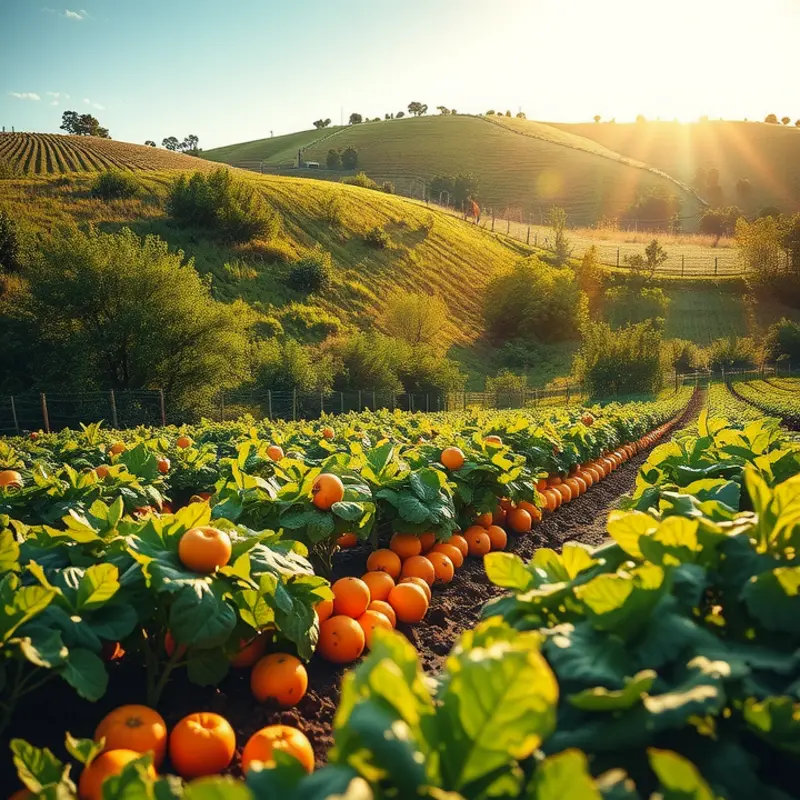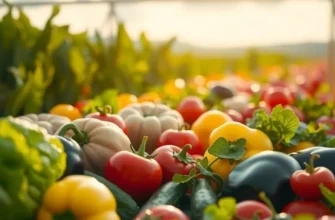Enhancing your kitchen skills goes beyond cooking techniques; it involves mastering safety practices as well. Safe pan-handling skills ensure you prevent accidents and create a secure cooking environment. Whether you’re a beginner or an experienced cook, learning how to handle pots, pans, and hot ingredients with confidence is vital. In this guide, we’ll explore practical tips and techniques to elevate your kitchen safety, allowing you to focus on what truly matters: creating delicious meals.
Understanding Heat Sources and Equipment

Cooking safely begins with a solid understanding of heat sources and the corresponding equipment that best suits each one. Whether you’re using a gas, electric, or induction stove, knowing the nuances of your heat source can significantly impact your cooking efficiency and safety.
Gas Stoves
Gas stoves provide an immediate source of heat, which offers precise temperature control. They allow quick adjustments, making them ideal for recipes that require exact temperature maintenance. Nevertheless, the open flame poses a risk of burns or fire. To mitigate this, ensure long sleeves are rolled up, and pot handles face inward. A nearby fire extinguisher is a prudent precaution. Well-vented kitchens also help dissipate any gas leaks that might occur.
Electric Stoves
Electric stoves can be categorized into coil or smooth top surfaces. They usually take longer to heat up compared to gas but provide more consistent heat distribution over time. Users should exercise patience with temperature adjustments as they can lag. Especially with coil stoves, ensure pots and pans have flat bottoms to maintain complete contact for efficiency. It’s essential to remember that electric stoves may stay hot even after being turned off, posing a burn risk if accidentally touched.
Induction Cooktops
Induction cooktops use electromagnetic fields to directly heat compatible cookware. They offer the quick responsiveness of gas without an open flame and maintain a cooler surface. They require magnetic cookware, such as those made from cast iron or specific stainless-steel blends, to work. Always verify your pots and pans are induction compatible before use to ensure safety and performance. Among their best features is safety, as the cooktop won’t heat up without a pot present, reducing burn risks.
Pan Materials
Selecting the right pan material enhances cooking results while ensuring safety. Cast iron retains heat well, making it excellent for even cooking. However, it can be heavy and takes longer to heat. Non-stick pans offer ease in cooking and cleaning, yet they demand careful use to prevent releasing harmful fumes. Always ensure non-stick surfaces remain unscorched to maintain their safety and integrity. Stainless steel is a versatile option that withstands high temperatures without reacting with food, while copper pans provide exceptional heat conduction but often require frequent polishing.
It’s not only about selecting the pan based on material but also considering its thickness and durability. A thicker pan generally distributes heat more evenly, lessening the chances of hot spots which could lead to burns.
In aligning your cooking equipment with your heat source, safety, efficiency, and cooking enjoyment are maximized. This pairing not only fortifies your techniques but can also be a robust component of a kitchen committed to eco-smart practices. For more details on how to incorporate such sustainable approaches, explore insights on eco-smart kitchen storage.
Techniques for Safe Pan Handling

Handling hot pans can be a kitchen hazard. Adopting the right techniques ensures safety and prevents burns. One of the fundamental rules is to always use pot holders or oven mitts when dealing with hot cookware. These essential tools shield your hands from heat that can quickly cause severe burns.
Next on the checklist is the direction of pot handles. Ensure that handles are always turned inward. This simple habit helps prevent accidental knocking or tipping, which could lead to painful injuries or dangerous spills.
Transferring hot pans requires attention to stability. Always move pans onto a secure and level surface. This minimizes the risk of spills that can occur if the surface shifts or tips.
The kitchen can quickly become chaotic, but keeping a clear workspace is crucial. Ensure counters and cooking areas are free of clutter. Reducing clutter not only increases efficiency but also reduces the likelihood of accidents.
It’s important to avoid reaching over hot pots and pans. This common error can lead to clothing catching fire or arms getting burned. Create a habit of moving around the kitchen in a way that keeps your body away from hot surfaces.
Staying focused while cooking goes hand in hand with all the above practices. Multitasking might be tempting, especially during meal prep, but allowing yourself to become distracted can lead to accidents. Stay attentive and prioritize safety at all times.
For those looking to streamline their kitchen routine while keeping safety in mind, consider exploring practical ingredient batching. This method not only saves time but also maintains a safer cooking environment by reducing the workload during active heat handling.
Lastly, investing in heat-resistant gloves can be worthwhile. They offer additional protection when handling extremely hot surfaces or when pot holders are insufficient. It’s an investment in safety, ensuring hands remain burn-free even during the most intense cooking sessions.
By adhering to these tips and integrating safety measures into your cooking routine, you can significantly reduce the risk of kitchen accidents and ensure a safer culinary experience for everyone.
Final words
Mastering safe pan-handling skills is a vital step for any home cook. By understanding the equipment you use and implementing safe handling techniques, you minimize risks and create a more enjoyable cooking process. Prioritize safety, take your time, and remember that confidence grows with practice. Armed with these skills, you can focus on your culinary creativity without the fear of accidents. Your kitchen can become a safe and inspiring space for exploration and learning.







